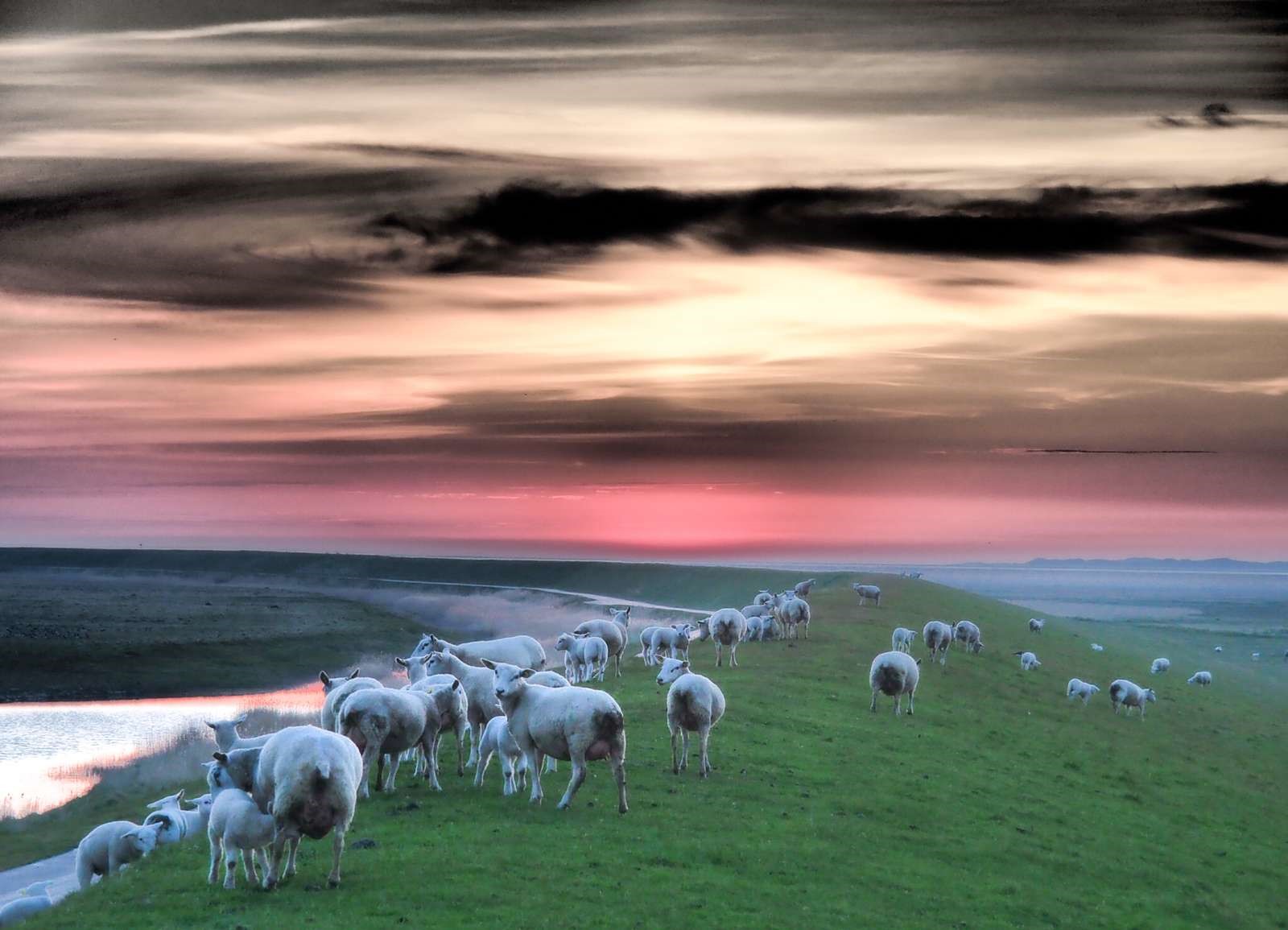
CAMP MAND ISLAND
Denmark Заповедники и нац. парки
The aim is to conserve, protect and strengthen the natural and cultural-historical values of the area and support a sustainable development, which can be beneficial for guests, local development and the local population.The island of MandE (8 km2) is located in the middle of the Wadden Sea in Denmark and the highest point (the dunes) is 12 m above the sea. It is a unique island with 30 local inhabitants and some tourists, mainly day-trippers, during summer, autumn and spring. There are no bridges or ferries to the island, instead, you can drive by bicycle, car or tractor two times a day, when the tide is right. People on MandE are very active. They live in the village of MandE and have organized themselves into local associations which aim for protecting the natural and cultural values of the island of MandE as well securing workplaces, setting up local events and activities for the local population, visitors and tourists. On the island of MandE, you will find a cafE, a bed and amp; breakfast, a (small) camping site, an inn, a small hostel, some summer bungalows, a few farms, a church, a museum, a small grocery and open, friendly people, who are used to do things together and help each other. You can walk around the island in 1,5-2 hours.
Вид работ
Это международный волонтерский проект!
The job consists of different activities:To cut down and remove bushes and smaller trees on the island (camping site, dykes, fields etc)To collect garbage on the dykes and on land.To assist the local association to clean up the first floor on Brugsen (small grocery store) and prepare it for renovation.And if time is right, depends on the weather, to post signs along routes and paths around the island.The job is mainly outside in all kinds of weather.
Условия
Modern/new cabins at the camping site with living room and 6 beds in each cabin ( 4 beds in one room, 2 beds in another room. Bring your own sleeping bag and towel. Pillows and duvets are available, but you have to bring bed sheets, duvet cover and pillowcase. Next to the two cabins, there are bathrooms and toilets facilities. There is also access to the laundry machine.Food: You will cook your own food together with the other participants in the cabin. The camp leaders will organise some cooking teams. The Island of MandE is located in the middle of the National Park, with great walks, opportunities to see millions of birds, seals and unique nature. Oyster banks are found here and there. You are living next to fields with sheep and cows and nature-friendly agriculture. People have lived here since the 12th century and traditions, history and local culture is strong. Kayaking, hiking, bathing is possible.

Экспедиционный выезд «Обрати внимание» Ярославль
Ярославль, Россия Другое...
Открываем регистрацию на молодежные экспедиционные выезды «Обрати внимание»!
«Обрати внимание» — это большой проект, который объединяет сохранение культурного наследия, развитие территорий и ответственный молодежный туризм. И на первом этапе проекта мы отправимся в экспедиционные выезды.
Экспедиционный выезд это:
— 4 дня, проведенные в команде из 20 единомышленников
— работы по благоустройству территорий объектов культурного наследия
— проектная деятельность по реализации спецпроекта и разработка собственной проектной идеи
— увлекательная культурная и развлекательная программа
🗓Когда и куда поедем?
23.07-26.07 - с. Новое Ярославской области
Участие в поездках бесплатное!
Организаторы предоставляют проживание, питание и частичную компенсацию проезда, а также все необходимые инструменты и средства защиты для работы на объектах.
Обрати внимание: каждый участник может поехать только в одну поездку. Выезды носят характер полевых работ, что предполагает проживание и питание в полевых условиях. Обязательно участие в поездке на протяжении всех четырех дней.
Больше информации о поездках и заявка — на сайте: обративнимание.рф
Экспедиционные выезды будут реализованы с использованием гранта Президента Российской Федерации на развитие гражданского общества, предоставленного Фондом президентских грантов.
Организаторы: Центр молодежного туризма и Фонд «Белый Ирис»
Вид работ
Мы отправимся в Ярославскую область, с. Новое к Троицкому храму. Виды работ на объекте: расчистка территории храма, а также территории вокруг храмовой ограды и ворот
Условия
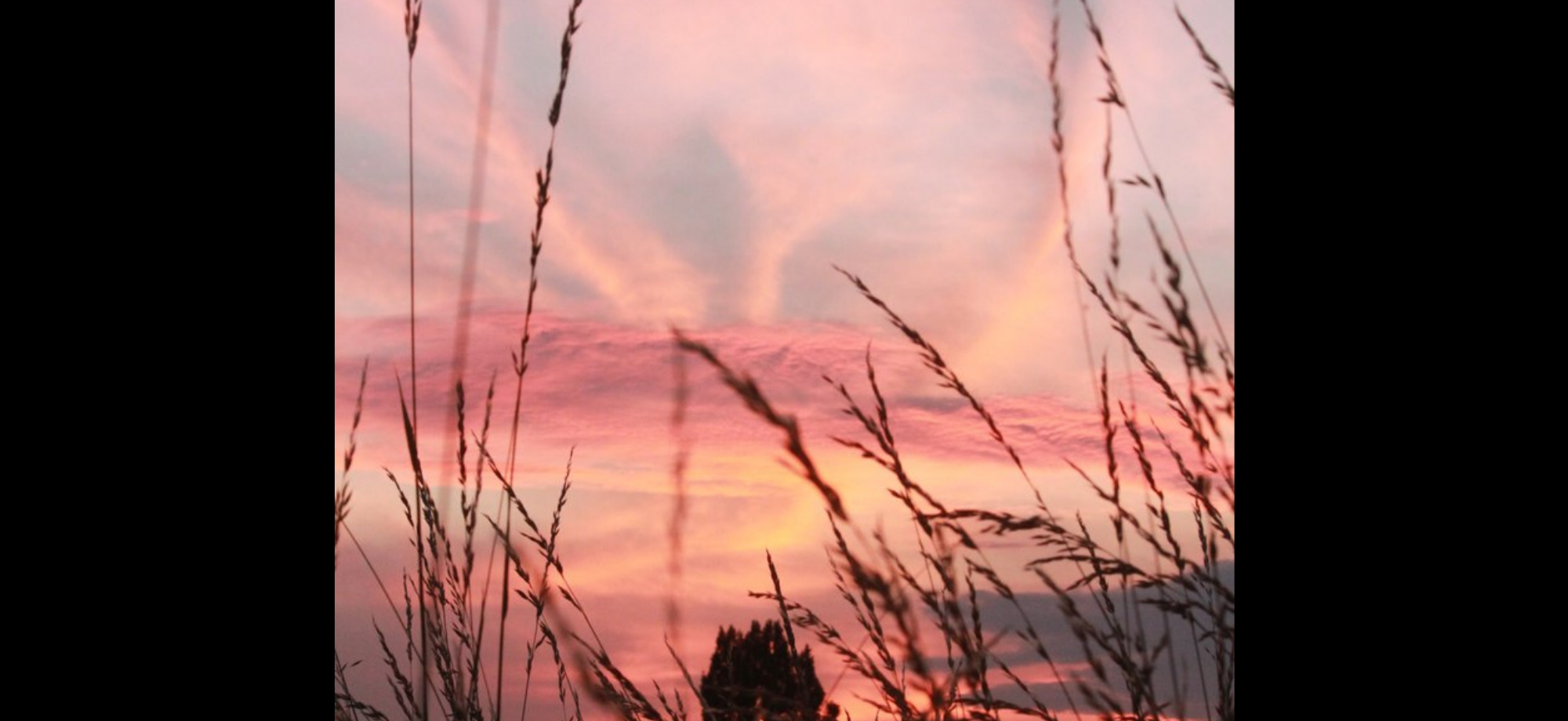
Хостел "Небо" ждёт волонтёров
Костенки, Россия Другое...
Дя открытия Хостела "Небо" в с. Костёнки, Воронежской области, необходимо привести в порядок и обустроить территорию участка и деревенский домик. Нужно выпилить поросль сливы, выкосить траву, сделать косметический ремонт в домике и проложить дорожки по саду
Вид работ
Необходимо уметь пользоваться электроинструментом, топором/пилой, уметь копать.
Будем приводить в порядок участок с деревенским домом для размещения хостела и арт-резиденции
Условия
Предоставляется место под палатку, и несколько койко-мест в домике.
Обеспечим вас продуктами, но приготовить их нужно будет самотоятельно
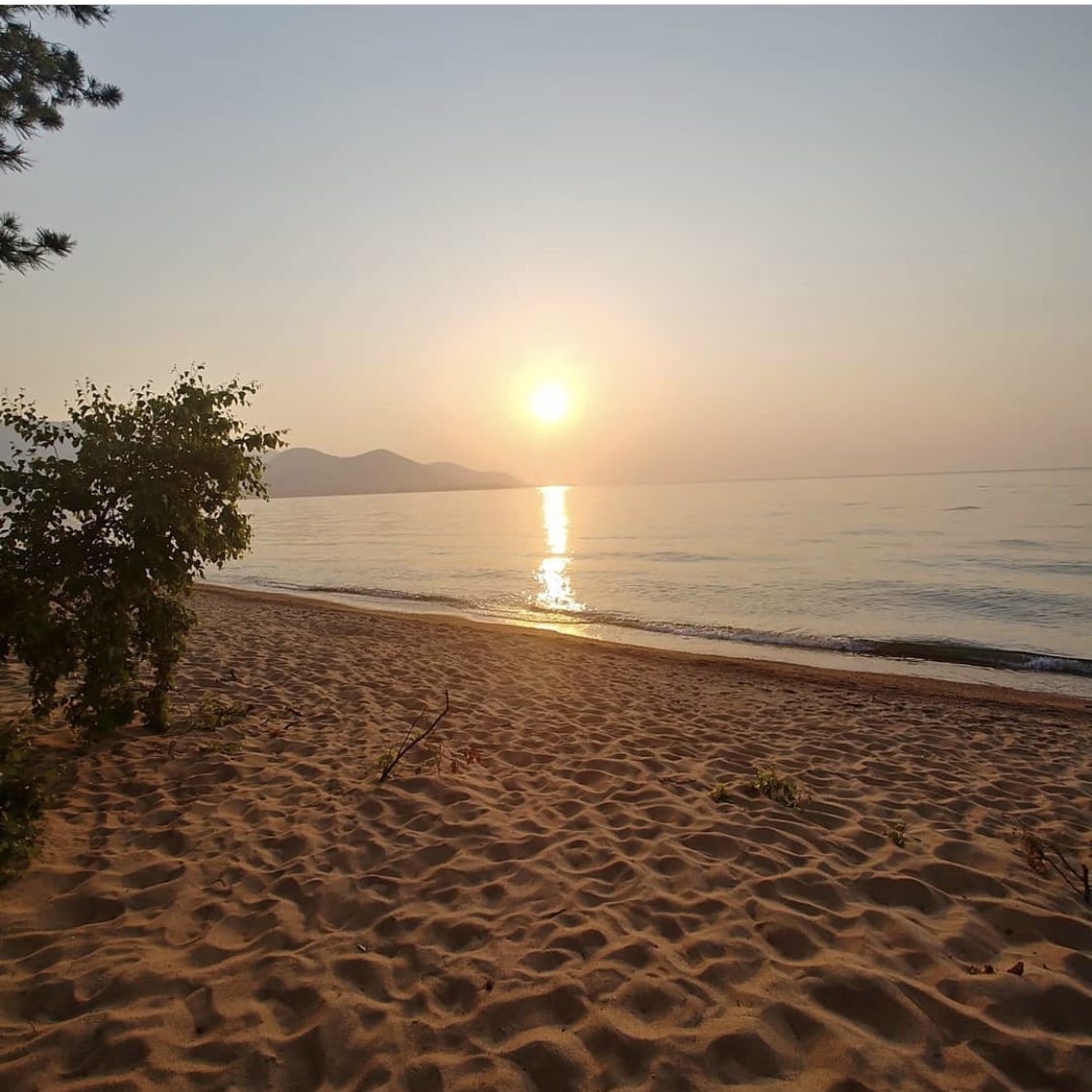
Отдых и работа на Байкале
Максимиха, Россия Работа в хостеле
Бесплатное питание и проживание, обязанности - помощь в подготовке номеров для въезда постояльцев, поддержание чистоты на территории, уход за цветами, приготовление пищи для персонала
График работы и отдыха - день через день
Минимальный срок пребывания - неделя
Вид работ
готовить номера для въезда туристов, поддерживать порядок на территории базы отдыха, поливать цветы и готовить пищу для персонала
Условия

Английский молодёжный лагерь
Россия Работа с детьми
We invite you 19-28 July 2019 to YOUTH ENGLISH CAMP. We connect young people from different countries together!
An unforgettable experience of life in the ancestral settlement and a variety of useful skills, participation in workshops, quests and real, live games. Living in a tent camp in an ecologically clean place, in the reserve at the near of the river "Ugra". Territory "VSchastie"(To Hapiness), Kaluga region, Dzerzhinsky district, near the settlement Milenki. The food is healthy, vegetarian, with lots of fresh vegetables, fruits, homemade cakes and dairy products.
The camp PROGRAM:
* team building
* orienteering
* rope course
* folk culture (folk sports, game “Lapta”, outdoor games)
* workshops of crafts (pottery, forge, sculpture, Russian embroidery, etc.)
* astrological purpose and career guidance - finding your way
* world cuisine and household skills
* local lore hikes, quest games
* ecology and ecological technologies of life
* vintage Board games, historical fencing, weapon throwing
* understanding wild herbs, cooking green cocktails
* storytelling
* disclosure voices and songs have a fire
* and more.
Price €50, discounts are possible.
Kaluga area, Dzerzhinsky district, settlement Milenki, the territory “VSchastie”(To Hapiness). Тo register, fill out the form https://vk.cc/8ZVAsQ
With all personal questions ask Daria ( https://www.facebook.com/profile.php?id=1000018222230..) or by phone +7 (919) 033-18-80.
2 июл. 2020 г.
Русский, English, Deutsch,
Вид работ
Условия
We invite you 19-28 July 2019 to YOUTH ENGLISH CAMP. We connect young people from different countries together!
The camp PROGRAM:
* team building
* orienteering
* rope course
* folk culture (folk sports, game “Lapta”, outdoor games)
* workshops of crafts (pottery, forge, sculpture, Russian embroidery, etc.)
* astrological purpose and career guidance - finding your way
* world cuisine and household skills
* local lore hikes, quest games
* ecology and ecological technologies of life
* vintage Board games, historical fencing, weapon throwing
* understanding wild herbs, cooking green cocktails
* storytelling
* disclosure voices and songs have a fire
* and more.
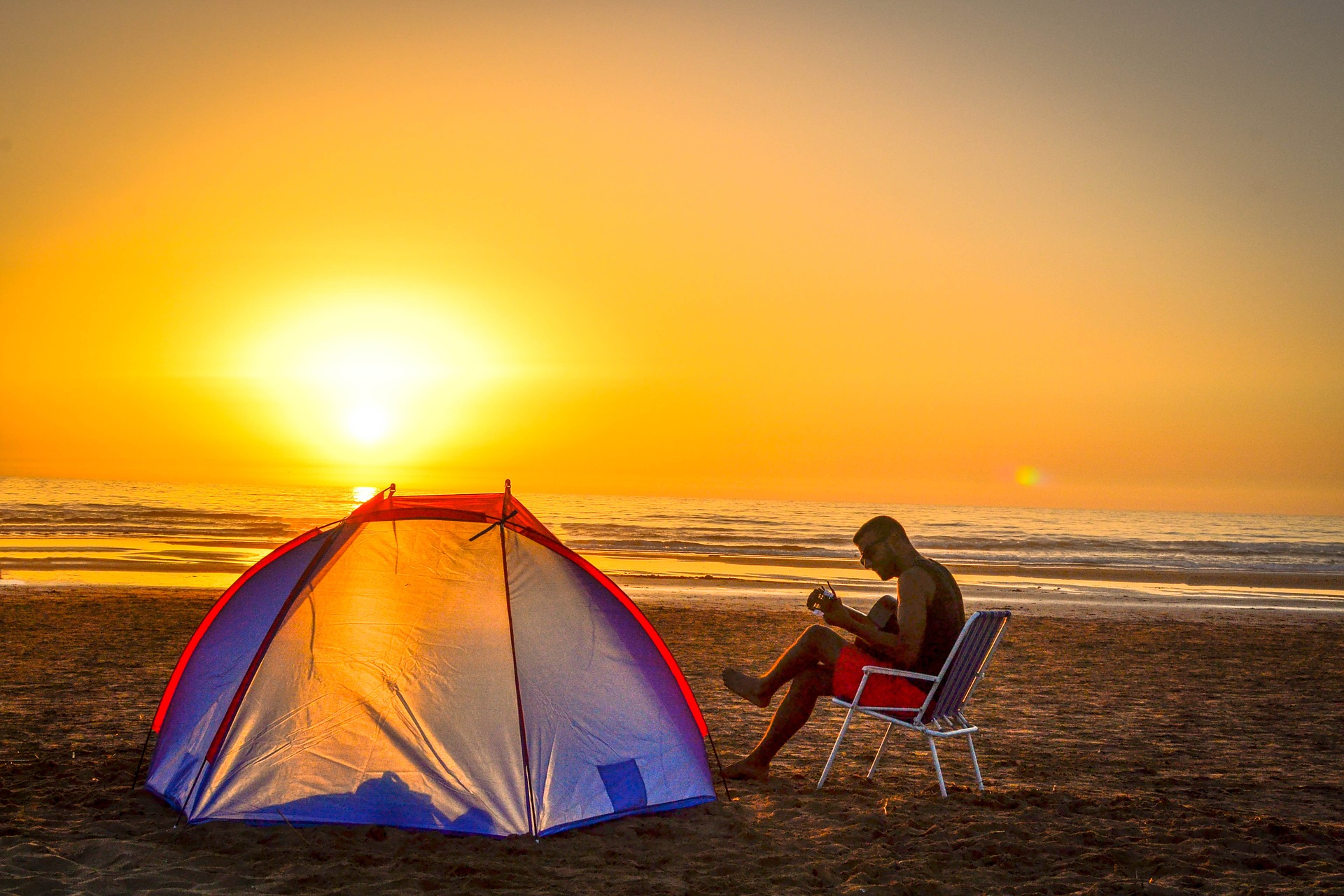
Волонтеры в палаточный кемпинг на Черном море в Грузии
Кобулети, Грузия Другое...
Где: Грузия. Палаточный кемпинг на Черном море
Когда: середина апреля - конец октября- администраторы в кемпинги.
Минимальный срок участия - 2 недели. При участии более 2х недель возможен переход на оплачиваемое сотрудничество для успешных кандидатов. (Согласовывается на месте после 2х недель участия).
Дедлайн: заявки на первую смену принимаются до 15.04, на смену с середины мая - до 15.07. При необходимости - продлевается.
1 июл. 2020 г.
Русский, English, Deutsch, Español, Українська, עברית,
Вид работ
Чем надо будет заниматься:
1 Смена. С середины апреля. Первая группа. Так называемый "ударный отряд". Формируется из желающих участвовать в запуске работы кемпинга после зимней "консервации".
Чаще всего работа физическая, интеллектуальная , инженерная. Поэтому отбор более тщательный. Необходимо рассчитывать собственные силы и очень подробно ознакомиться с работой кемпинга прошлых лет, прочитать отзывы, изучить группу в вк и сайт.
2 Смена. июнь - октябрь- администраторы в кемпинг. Неравномерная занятость в течение дня: встреча и консультация посетителей кемпинга об условиях и правилах проживания, регистрация, оформление, прием оплаты, поддерживание порядка на территории кемпинга.
Для инициативных волонтеров - участие в работе "штаба" , организационных вопросах, переход на оплачиваемую работу.
Минимальный срок участия - 2 недели.
Условия
Проезд за свой счёт (при необходимости консультируем о бюджетных вариантах проезда).
Проживание в палатках.
2-х разовое питание (или продукты при самостоятельной готовке) предоставляется бесплатно.
Волонтеры имеют приоритетное право участия в мероприятиях кемпингов, экскурсиях.
1500 руб. - это страховая сумма, возвращается по окончанию волонтерского периода. Участникам первой смены (с середины апреля) возвращается в день приезда.
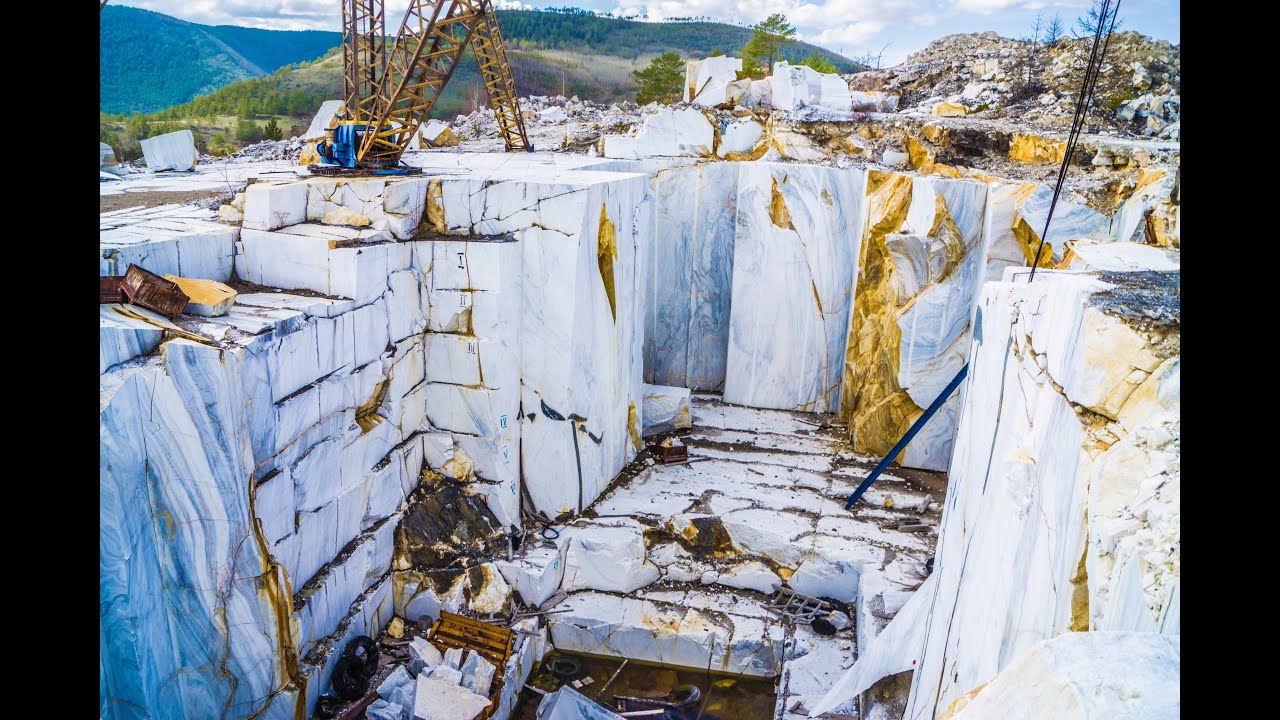
"Мраморная нора"
Иркутск, Россия Заповедники и нац. парки
Добровольцы, участвующие в проекте, в течение недели будут проживать на берегу живописного озёра и заниматься созданием уюта в деревянном гостевом доме в п. Бугульдейка, в котором часто останавливаются путники в летний период.
Волонтёрам предстоит почувствовать себя заботливыми хозяевами русской избы. Окунуться в по-настоящему уединённую деревенскую жизнь: порубить дрова, затопить печи, кое-что покрасить и починить, наскоблить, начистить до блеска. И всё это на берегу прекрасного озера вблизи с масштабным мраморным месторождением. Эти залежи мрамора старше озера Байкал, им примерно 2 млрд. лет, протяженностью более 10 км и располагаются неглубоко. В данный момент мраморный карьер заброшен.
Экскурсионная программа:
За время пребывания в Прибайкалье добровольцы смогут посетить самые популярные экскурсионные маршруты:
— прогулки по экологическим тропам;
—Посещение мраморного месторождения;
—Посещение имения «Заречное» с набором этнографических ценностей коренных и малочисленных народов Прибайкалья.
—Вылазки в пещеры, находящиеся в округе;
—Посещение живописного устья реки Бугульдейка;
—Прогулки по хребтам восточных Саян;
Вид работ
Добровольцы, участвующие в проекте, в течение недели будут проживать на берегу живописного озёра и заниматься созданием уюта в деревянном гостевом доме в п. Бугульдейка Иркутской области
Условия
Волонтёрам предстоит почувствовать себя заботливыми хозяевами русской избы. Окунуться в по-настоящему уединённую деревенскую жизнь: порубить дрова, затопить печи, кое-что покрасить и починить, наскоблить, начистить до блеска. И всё это на берегу прекрасного озера вблизи с масштабным мраморным месторождением.
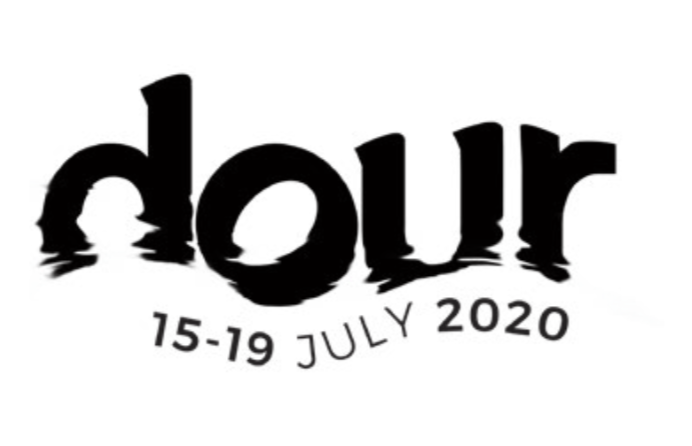
SVI - Dour Festival
Дур, Бельгия Искусство
More than anything, it is a unique concept and a wonderful atmosphere. More than 1,000 journalists came to the festival. These professionals are generally from Europe. Last year we noted the presence of journalists from Australia, Canada, Switzerland, Czech Republic, Germany, Estonia, Spain, Greece, Ireland, Luxemburg, Poland, Reunion Island and the USA. The line-up is more international than ever, however we dedicate a large part of our program to home-grown Belgian artists.
Volunteers will be part of the GREEN BRIGADE. Your job is to keep the area clean, tidy, and safe. The team will collect and recycle the waste to give the festival-goers a nice and safe ground. Volunteers will also have to do physical work (build the stage, carry
Heavy material…). Do not imagine you will simply enjoy the festival. It will be hard work too! Your job will be the same throughout the whole festival. It could be heavy and repetitive. Volunteers will have to work around 6 hours a day, probably early in the morning. During your free time, you will be free to go to the festival and enjoy the concerts (concerts start at noon and end at 5:00 AM).
Вид работ
Volunteers will be part of the GREEN BRIGADE. Your job is to keep the area clean, tidy, and safe. The team will collect and recycle the waste to give the festival-goers a nice and safe ground. Volunteers will
also have to do physical work (built the stage, carry heavy material…). Do not imagine you will simply enjoy the festival. It will be hard work too! Your job will be the same throughout the whole festival. It could
be heavy and repetitive. Volunteers will have to work around 6 hours a day, probably early in the morning. During your free time, you will be free to go to the festival and enjoy the concerts (concerts start at
noon and end at 5:00 AM).
Условия
Accommodation
You need to bring all the things that will be useful to their stay because you will not be able to buy anything during your stay over there! You need a tent and a sleeping bag (+ camping mattress, pillow…) and all you think you need to go camping (there is no kitchen). You need to bring your own material to fix your tent if you need to do so!
Food
The organization will give volunteers 1 ticket for a sandwich and 4 tickets for drinks per day. You need to have a small budget for other meals (about 10€/day). There are a lot of shops, small snacks (pizza, fries, sandwich, Chinese…) and bars in Dour. If possible, take kitchen material like a camping stove, plates, cutlery… to cook for yourself in the camping.
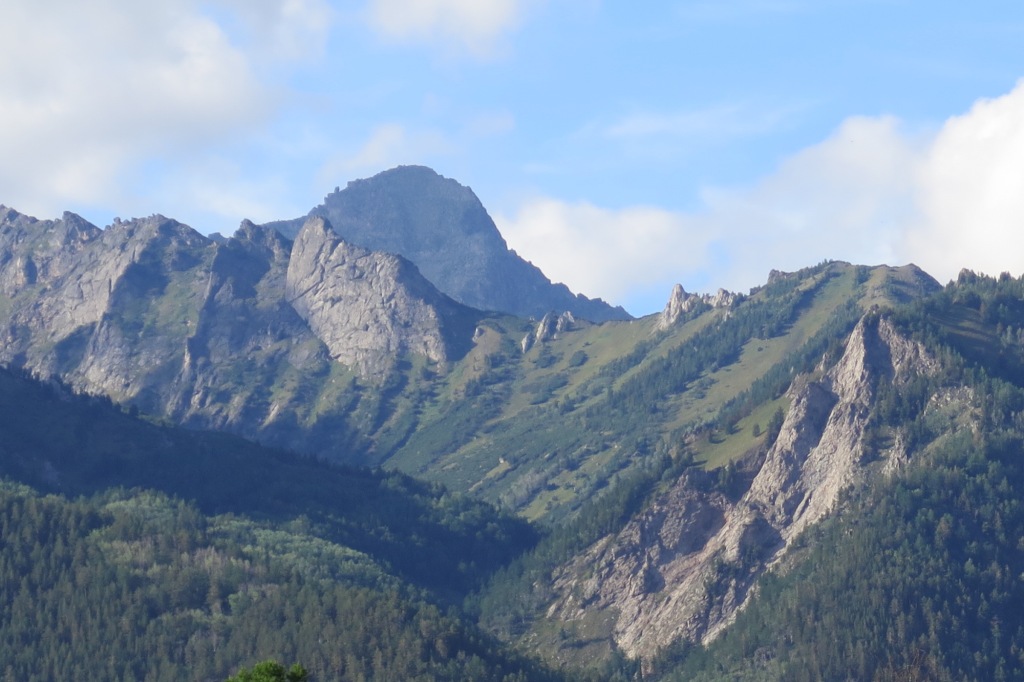
Добровольческий лагерь на Шумакской тропе
Кырен, Россия Заповедники и нац. парки
Шумакские источники находятся в сердце Саянских гор в Восточной Сибири. Место известно целебными свойствами. Каждый год по тропе к источникам идут тысячи туристов.
Цель проекта: реконструкция универсальной тропы, по одному из самых популярных и известных маршрутов со времен Советского Союза.
Участников проекта ждет подъем в горы, проживание в палатках с живописным видом по утрам; вечерние посиделки у костра и подъем к целебным источникам.
Запланированы работы на участке в 10 километрах от села Хойто-Гол, в долине реки Ехэ-Гэр. Добровольцы будут расчищать коридор тропы, переносить грунт, строить структуры, восстанавливать мостики.
Вид работ
Шумакские источники находятся в сердце Саянских гор в Восточной Сибири. Место известно целебными свойствами. Каждый год по тропе к источникам идут тысячи туристов.
Цель проекта: реконструкция универсальной тропы, по одному из самых популярных и известных маршрутов со времен Советского Союза.
Участников проекта ждет подъем в горы, проживание в палатках с живописным видом по утрам; вечерние посиделки у костра и подъем к целебным источникам.
Запланированы работы на участке в 10 километрах от села Хойто-Гол, в долине реки Ехэ-Гэр. Добровольцы будут расчищать коридор тропы, переносить грунт, строить структуры, восстанавливать мостики.
Условия
Участие в программе бесплатное. Участники оплачивают транспорт и размещение до лагеря самостоятельно.
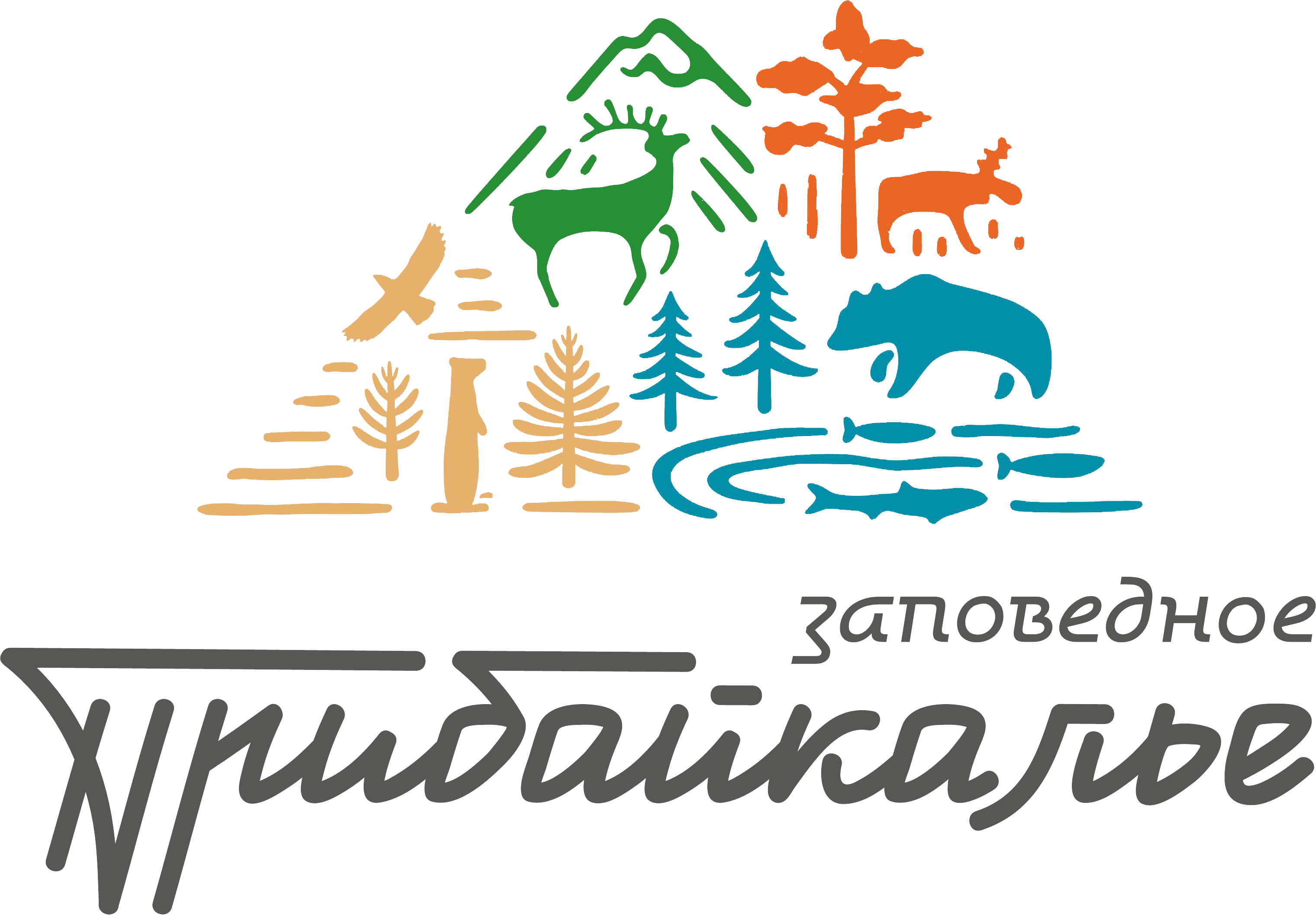
"Мраморная Нора"
Иркутск, Россия Заповедники и нац. парки
Экскурсионная программа
За время пребывания в Прибайкалье добровольцы смогут посетить самые популярные экскурсионные маршруты:
прогулки по экологическим тропам;
посещение мраморного месторождения;
посещение имения «Заречное» с набором этнографических ценностей коренных и малочисленных народов Прибайкалья;
вылазки в пещеры, находящиеся в округе;
посещение живописного устья реки Бугульдейка;
прогулки по Приморскому хребту;
Расположение лагеря относительно инфраструктуры: в посёлке, где будет проходить проект, есть вся необходимая инфраструктура: почтовое отделение, магазины, фельдшерско-акушерский пункт, телефоны, интернет. Мобильная связь на территории Парка — Мегафон, Теле2 (в поселке неустойчивая мобильная связь во время усиления ветра).
Вид работ
Добровольцы, участвующие в проекте, в течение недели будут проживать на берегу живописного озёра и заниматься созданием пикниковых точек на туристическом маршруте – строительство скамеек, столов и костровых зон.
Условия
Окунуться в по-настоящему уединённую деревенскую жизнь: порубить дрова, затопить печи, кое-что покрасить и починить, наскоблить, начистить до блеска. И всё это на берегу прекрасного озера вблизи с масштабным мраморным месторождением. Эти залежи мрамора старше озера Байкал, им примерно 2 млрд. лет, протяженностью более 10 км и располагаются неглубоко.

 Поиск по карте
Поиск по карте  Отзывы волонтеров
Отзывы волонтеров  Проверенные хосты
Проверенные хосты  Быстрая заявка
Быстрая заявка 
 База волонтеров
База волонтеров  Отзывы о волонтерах
Отзывы о волонтерах  Много заявок
Много заявок  Квалифицированные волонтеры
Квалифицированные волонтеры 

 Анастасия Симкович
Анастасия Симкович  Алена Волкова
Алена Волкова  Елена Яковец
Елена Яковец  Anna Nazarova
Anna Nazarova  Площадка Экотехнологий
Площадка Экотехнологий  Evgeny Mingalev
Evgeny Mingalev  Константин Павловец
Константин Павловец  Гудсёрфинг .
Гудсёрфинг .  Яков Сукнев
Яков Сукнев